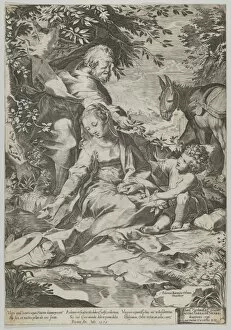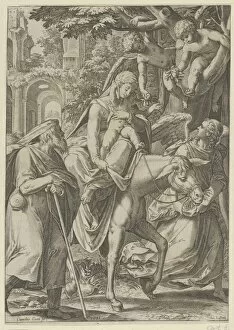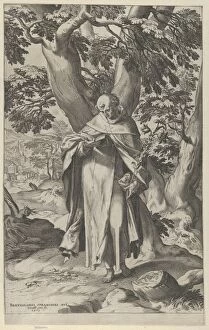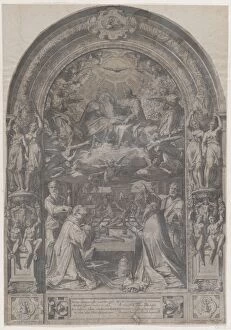Hoorn Ca Collection
"Hoorn CA: A Triumph in the Cycle of Vicissitudes in Human Affairs" In the midst of life's ever-changing journey
All Professionally Made to Order for Quick Shipping
"Hoorn CA: A Triumph in the Cycle of Vicissitudes in Human Affairs" In the midst of life's ever-changing journey, Hoorn CA stands as a testament to the triumphs and challenges that shape our existence. Just like the cycles of a world-renowned cycle race, this place encapsulates the ebb and flow of human affairs. Like a speculum reflecting Rome's magnificent past, Hoorn CA invites us to ponder upon Atreus Farnese's engravings from 1575. These prints by Cornelis Cort transport us back to ancient Egypt, where rest and return were engraved into every stone. Sylvanus, the god of rural abundance, graces an engraving sheet from 1565 measuring 11 5/8 x 8 3/4 inches. This depiction reminds us that amidst life's vicissitudes, nature remains steadfast in its provision. The flight to Egypt is captured on an engraving sheet from 1571 measuring an impressive size of 11 7/8 x 28 inches. It serves as a visual narrative showcasing how journeys can lead us towards unexpected destinations. St. Dominic immerses himself in reading on an engraving sheet dating back to 1573; his pursuit for knowledge symbolizes our eternal quest for understanding amidst life's uncertainties. The conversion of St. Paul is etched onto prints by Cornelis Cort from 1576; it represents moments when profound transformations occur within ourselves or society at large. Bacchus carrying burdens on his shoulders reflects another aspect found within Speculum Romanae Magnificentiae - reminding us that even gods face their own trials and tribulations while shouldering responsibilities. Triptolemus' presence among rural gods further emphasizes our connection with nature and agriculture; these engravings from oval sheets remind us that sustenance comes not only through human efforts but also through harmony with Mother Earth. The martyrdom of St.

















